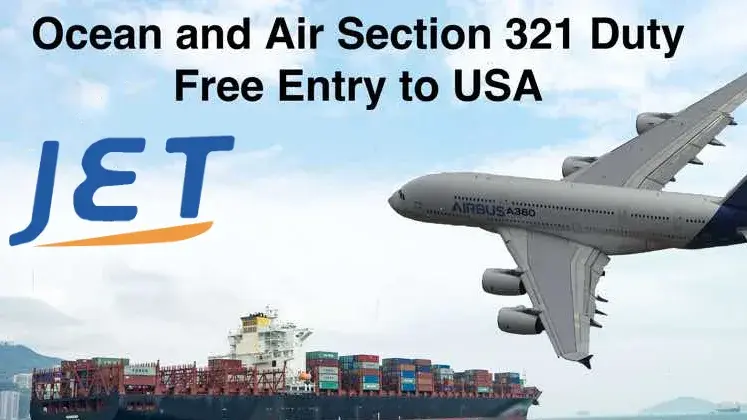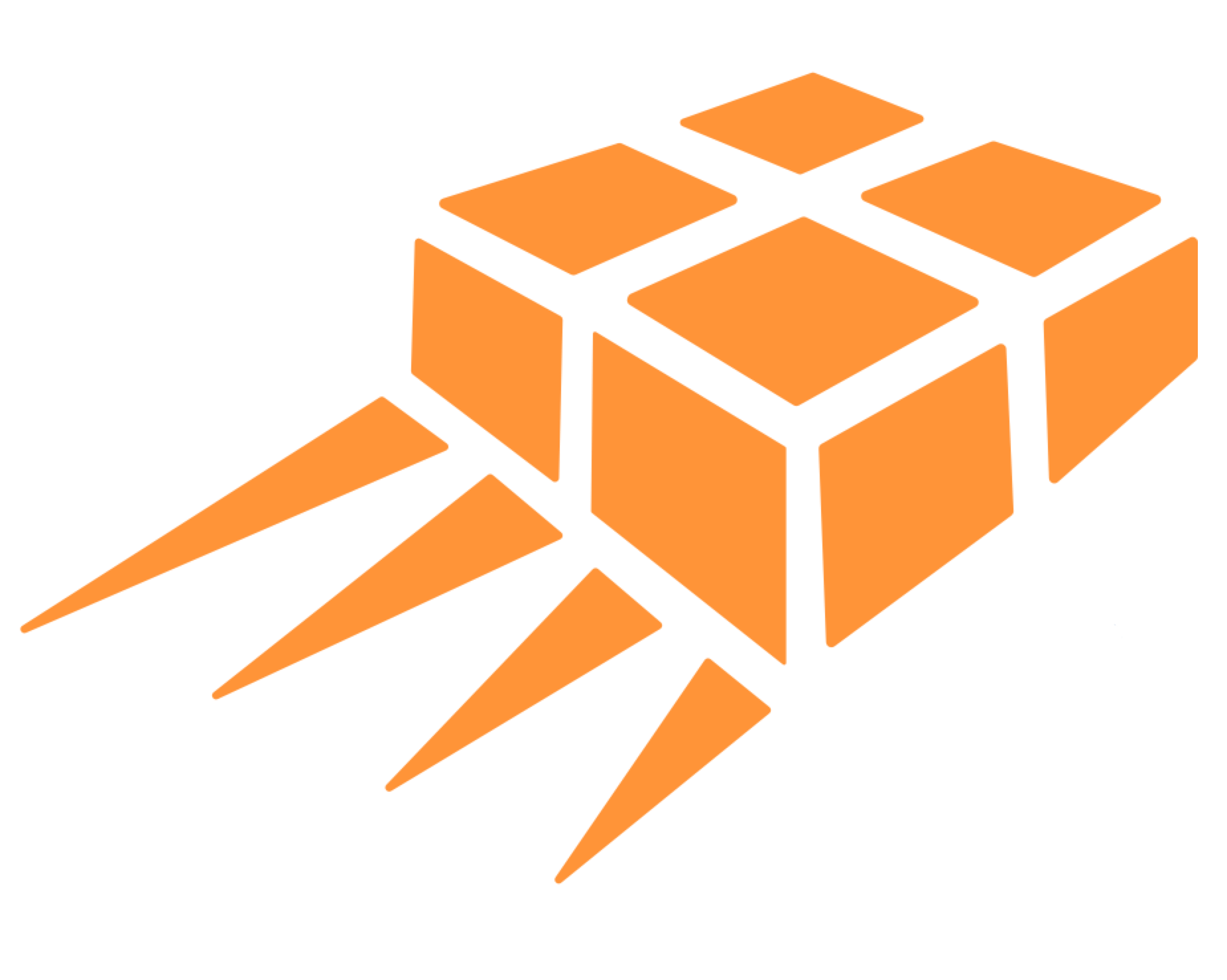
E-commerce clearance for Ocean Shipments via Section 321
Cross border e-commerce shipments have traditionally been the domain of airfreight. Whereby shipments are sent to gateway cities via air freight, cleared via Section 321 express clearance processes for last mile delivery via the USPS. But, it is now possible to clear online orders to the USA shipped via ocean freight via section 321 part 86.
The USA: Most Open Market for cross border e-commerce
Trade rhetoric aside, the US is by far the most open market for online e-commerce orders. The vast majority of shipments ordered online incur no duty or taxes. This savings on duty can be significant for categories of clothing, shoes and other items.
IMPORTANT: 2025 updates to Section 321

What is Section 321?
US Customs allows most individual orders valued under $800 USD to be entered and cleared duty free into the USA. This entry type is known as a Section 321 Informal Entry. Using this entry type, importers can consolidate their qualifying shipments under one entry.
What is Section 321?
US Customs allows most individual orders valued under $800 USD to be entered and cleared duty free into the USA. This entry type is known as a Section 321 Informal Entry. Using this entry type, importers can consolidate all their qualifying orders under one entry without H.S. Codes and benefit from duty free entry.
What is Section 321, type 11?
The concept of section 321 was first established as a way to facilitate the clearance of express shipments. The concept being that low value shipments should not be subject to the same rigours of high value shipments. H.S. codes are not required for section 321 type 11 entries. The regulatory burden was essentially lowered for individual shipments valued under the "de minimis" level which is now set at $800 USD.
Section 321 entries for the most part fall under Part 128 / Express Consignments of the the Code of Federal Regulations (CFR). The clearance of these goods traditionally were cleared via Express Consignment Clearance Facilities (ECCF) or hubs.
Part 128 clearance expertise is a niche speciality that many US customs brokers are not aware of or have access to.
What is Section 321, type 86?
With the exponential growth of e-commerce and opportunity of duty free clearance for most orders, so has the demand for expanded access to Section 321 clearance. To accommodate this demand, US CBP now allows section 321 clearance using more a traditional customs interface. This is referred to as a section 321 type 86 entry. A key difference for type 86 entries is that H.S. Codes are required.
A section 321 type 86 is available for all modes of transit and do not require an express consignment facility for clearance. However, the goods must transit to a bonded facility to assist clearance processes and mandated inspections by US CBP.
Time versus Cost
The cross border online ordering is much more cost versus time sensitive. Being able to clear ocean shipments via section 321 processes enables further exponential growth for e-commerce orders to the USA. The cost of shipping e-commerce via ocean are exponentially less than via air freight.
For most international shippers, USPS Global Direct Entry or Parcel Select reseller offer the lowest last mile delivery solution no matter which shipping method is used to the USA.
View Video: Section 321 entry types explained
Ocean, Air, Express, Freight? All of The Above
We advise high volume online sellers to the USA to develop multimodal process that incorporate the speed of express consignment (ECCF), lower cost of air cargo clearance (CFS), with lowest possible cost ocean (ocean section 321). This is particularly necessary during peak holiday season which can overwhelm and delay traditional section 321 clearances.
USA Section 321 Import plus last mile delivery via USPS
Section 321 entry type in the USA allows for efficient high volume duty free parcel import to the United States. This can be accomplished via four entry types:
- Section 321 Express Consignment
- Section 321 Cargo (Container Freight Station / CFS)
- Section 321 type 86
- Section 321 Canada / USA cross border
USA Section 321 Express Consignment
Using an Express Consignment Clearance Facility / ECCF, retailers benefit from express handling and clearance. While it is important to build in the capability in case of a general customs slow down or work stoppage), this method is costly (over $1 US per consignment customs reimbursable fee). Goods cleared via ECCF are subject to Part 128 of the Code of Federal Regulations.
USA Section 321 Cargo/ CFS
Most facilities that have an ECCF also have access to cargo clearance. The processes are essentially the same but without the customs fee mentioned above. Shippers often mix and match use of CFS and ECCF to balance the need for lower costs with faster clearance.
USA Section 321 Type 86
Using traditional brokerage clearance systems, retailers can take advantage of type 86 entries. The format requires application of HS codes. This system is available for all forms of conveyance but seem to be subject to a high level of inspection and delay.
USA Section 321 Canada to USA Cross Border
Many retailers are choosing to ship their goods via Canada to take advantage of truck border crossings to the USA. The goods can either be transported in bond direct from the arrival airport to the border or imported and warehoused in Canada. Many are choosing to import the goods to Canada that benefit from Canadian duty free entry under CPTPP (which Canada is a member of).





